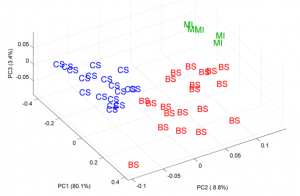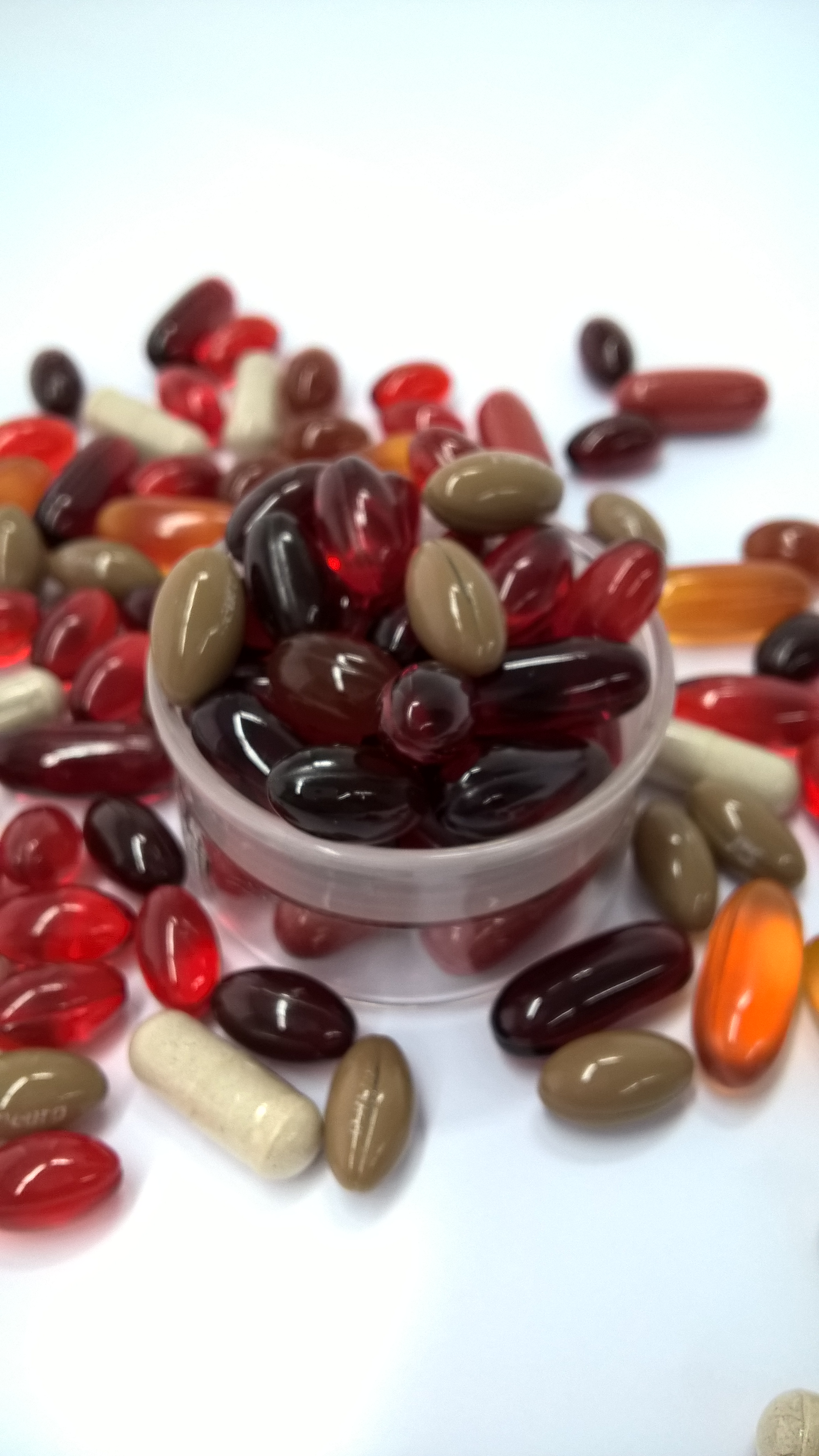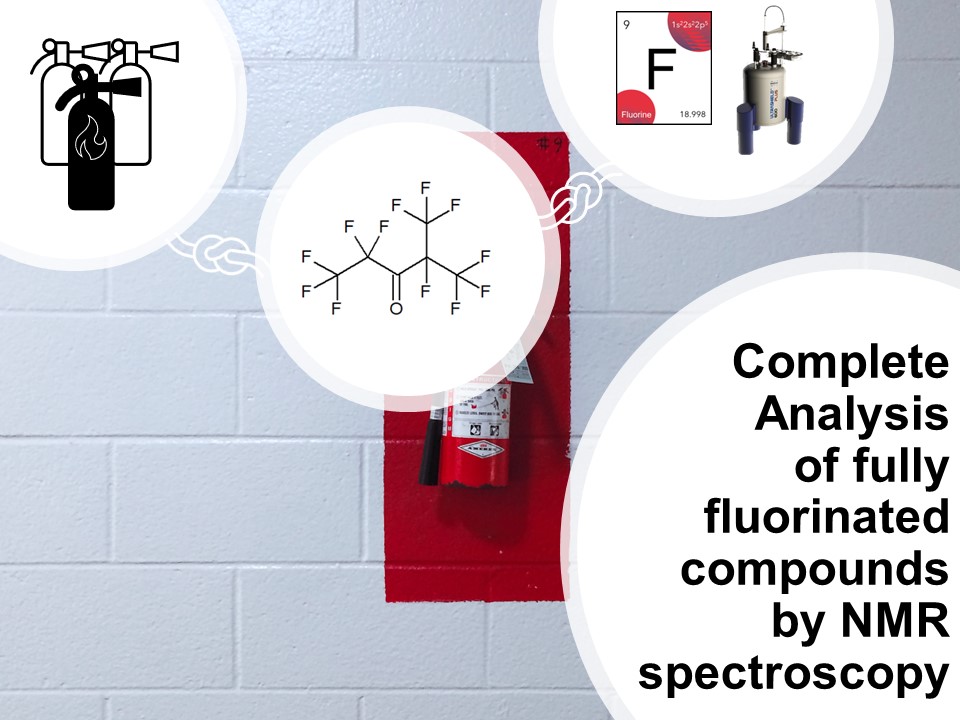Possible adulteration of sucrose-based sugar products with beet sugar requires reliable and fast methods for discriminating amount and origin. Semi-quantitative NMR spectroscopy allows to differentiate Glucosyl and fructosyl moieties by assessing the relative 13C content [1].
13C-NMR spectroscopy can be used to achieve information on the distribution of beet sugar in cane sugar products. Further, adulterations are disclosed by revealing the origin of sucrose molecules by distinction of discriminative molecule sites (G1, G2, G5, F1, F4, F5, and F6, Fig. 1) in sucrose.
 Fig. 1 Molecular formula of sucrose and distinctive C atoms
Fig. 1 Molecular formula of sucrose and distinctive C atoms
Principal component analysis is used to show relative peak areas for each carbon position (fi) for a representative cane sugar (Fig. 2).

Fig. 2 13C/12C isotope ratio distribution (fi) in a representative cane sugar sample (BS = beet sugar, CS = cane sugar)
Presumably 13C NMR spectroscopy is going to supersede older and more complex methods to achieve a faster disclosure of beet sugar adulteration of cane sugars. The measurement takes only one hour and the assessment of seven carbon positions gives semi-quantitative information about the content of beet sugar in cane sugar.
For more information: [1] Authentication of the origin of sucrose-based sugar products using quantitative natural abundance 13C NMR. Monakhova YB, Diehl BWK, J Sci Food Agric. 2016 Jun;96(8):2861-6 (https://www.ncbi.nlm.nih.gov/pubmed/26362834)
[/et_pb_divi_atm]






